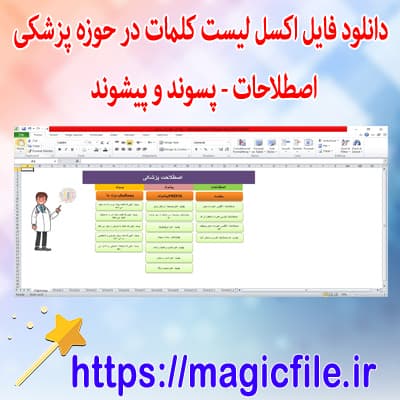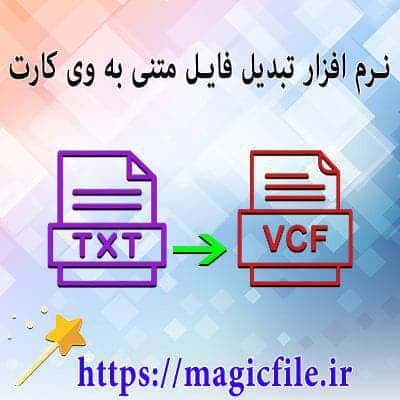اصطلاحات پزشکی به انگلیسی
اصطلاحات پزشکی زبان خاصی است که در حوزه سلامت و درمان استفاده میشود. این اصطلاحات شامل واژهها و عبارات تخصصی هستند که برای توصیف بیماریها، درمانها، و فرآیندهای پزشکی به کار میروند. در زیر، برخی از مهمترین اصطلاحات پزشکی و معانی آنها را بررسی میکنیم.
۱. ANATOMY (آناتومی)
آناتومی شاخهای از علوم پزشکی است که به بررسی ساختارهای بدن انسان میپردازد. این علم به ما کمک میکند تا بفهمیم اعضای مختلف بدن چگونه با یکدیگر ارتباط دارند.
۲. PHYSIOLOGY (فیزیولوژی)
فیزیولوژی علمی است که عملکرد اعضای بدن را بررسی میکند. به عبارت دیگر، این علم به ما میگوید که چگونه بدن انسان به طور طبیعی کار میکند و چگونه واکنشهای شیمیایی و فیزیکی در آن صورت میگیرد.
۳. PATHOLOGY (پاتولوژی)
پاتولوژی به مطالعه بیماریها و تغییرات بافتی ناشی از آنها میپردازد. این علم به پزشکان کمک میکند تا علت بیماریها را شناسایی کنند و بهترین روشهای درمانی را انتخاب کنند.
۴. DIAGNOSIS (تشخیص)
تشخیص فرآیندی است که در آن پزشک به شناسایی نوع بیماری بر اساس علائم و نشانهها میپردازد. استفاده از آزمایشها و تصویر برداریها نیز در این مرحله ضروری است.
۵. TREATMENT (درمان)
درمان به مجموعه اقداماتی اطلاق میشود که برای بهبود وضعیت بیمار انجام میگیرد. این اقدامات میتواند شامل دارو، جراحی، یا روشهای غیرجراحی باشد.
۶. SYMPTOM (علائم)
علائم نشانههایی هستند که بیانگر وجود یک بیماری یا اختلال در بدن میباشند. شناخت این علائم میتواند به تشخیص سریعتر و دقیقتر کمک کند.
۷. PROGNOSIS (پیش آگهی)
پیش آگهی به پیشبینی نتیجه یک بیماری اشاره دارد. پزشکان با توجه به عوامل مختلف، میتوانند برآورد کنند که یک بیمار احتمالاً چه مسیری را طی خواهد کرد.
نتیجهگیری
اصطلاحات پزشکی کلید فهم بهتر مسائل بهداشتی و درمانی هستند. آشنایی با این واژهها به بیماران و متخصصان پزشکی کمک میکند تا ارتباط مؤثرتری داشته باشند و تصمیمات بهتری در زمینه درمان اتخاذ کنند. با یادگیری این اصطلاحات، میتوانیم به بهبود کیفیت مراقبتهای پزشکی کمک کنیم.
MEDICAL TERMINOLOGY EXPLAINED
Medical terminology encompasses a wide array of words and phrases used in the healthcare field. It serves as a universal language, allowing professionals to communicate clearly and precisely about various medical conditions, procedures, and treatments. Understanding these terms is crucial for anyone in the medical profession or even for patients navigating their health.
COMPOSITION OF MEDICAL TERMS
Medical terms typically consist of three components: roots, prefixes, and suffixes.
- Roots: The main part of the word, usually indicating the body part or system involved. For example, "cardio-" refers to the heart.
- Prefixes: These are added to the beginning of the root to modify its meaning. For instance, "tachy-" means fast, as in "tachycardia," which refers to a rapid heartbeat.
- Suffixes: These are attached to the end of a root to describe a condition or procedure. For example, "-itis" indicates inflammation, as seen in "arthritis."
USAGE IN CLINICAL SETTINGS
In clinical settings, precise terminology is vital. For example, when a doctor diagnoses a patient with "hypertension," they refer to high blood pressure. This specificity eliminates confusion and ensures that all healthcare providers understand the patient’s condition.
COMMON MEDICAL TERMINOLOGY
- Diagnosis: The identification of a disease or condition.
- Prognosis: The predicted outcome of a disease.
- Therapy: Treatment used to alleviate or cure a condition.
- Symptom: A physical or mental feature indicating a condition.
- Surgery: A procedure involving the manipulation of body parts.
CONCLUSION
In summary, medical terminology forms the backbone of effective communication in healthcare. By mastering these terms, both professionals and patients can navigate complex medical discussions with confidence. Understanding the structure and use of these terms enhances clarity, improves patient care, and fosters collaboration among healthcare teams.





